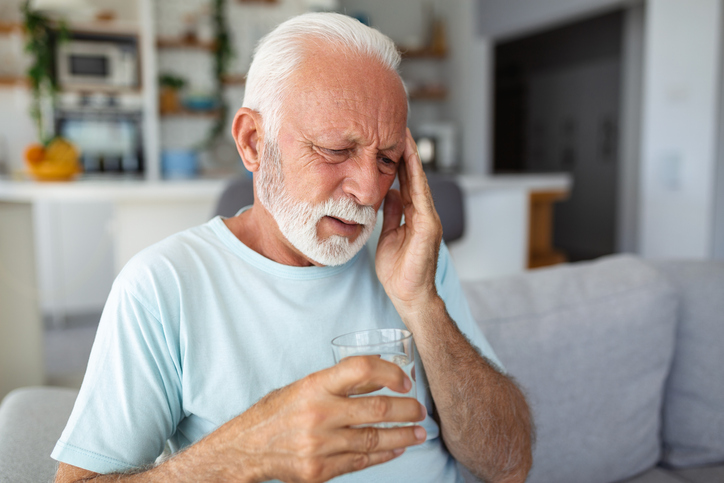
Here are the top stories recently covered by DocWire News in the Rheumatology section. In this edition, read about a rheumatoid arthritis (RA) drug being tested in COIVD-19 patients, a comparison of RA drugs for diabetes mellitus risk, pain intensity and recovery of function in patients with end-stage knee osteoarthritis who underwent simultaneous bilateral versus unilateral total knee replacement, and an assessment of cannabis use in patients with chronic pain.
Baricitinib, a rheumatoid arthritis (RA) treatment drug manufactured by Eli Lilly, will be tested in a trial of patients who are seriously ill with COVID-19. Baricitinib, marketed as OLUMIANT, comes with a boxed warning that it carries a risk for serious infections, possibly because the drug affects the body’s immune system, according to Lilly. The warning states, “Patients treated with Olumiant are at risk for developing serious infections that may lead to hospitalization or death. Most patients who developed these infections were taking concomitant immunosuppressants such as methotrexate or corticosteroids. If a serious infection develops, interrupt Olumiant until the infection is controlled.” The most commonly reported serious infections associated with the drug are pneumonia, herpes zoster, and urinary tract infection. However, the company said in a press release, “Given the inflammatory cascade seen in COVID-19, baricitinib’s anti-inflammatory activity has been hypothesized to have a potential beneficial effect in COVID-19 and warrants further study in patients with this infection.”
According to a study, RA drug abatacept carries a lower risk of incident diabetes mellitus (DM) than infliximab or adalimumab. Data for 50,505 RA patients from the Truven and 17,251 from the Medicare databases were collected. The DM incident rate for the Truven database was 6.8 (95% confidence interval [CI], 6.1 to 7.6) per 1,000 person-years, and for Medicare was 6.6 (95% CI, 5.4 to 7.9) per 1,00 person-years. When adjusting for 56 confounding variables, the pooled hazard ratio for the etanercept versus abatacept comparison was not statistically significantly elevated (1.65; 95% CI, 0.91 to 2.98). Effect estimates comparing certolizumab, golimumab, tocilizumab, and tofacitinib with abatacept were considered imprecise due to a small sample size.
A study evaluated pain intensity and recovery of function in patients with end-stage osteoarthritis (OA) of the knee who underwent simultaneous bilateral versus unilateral total knee replacement (TKR). At 30 days postoperatively, intensity measured by the visual analog scale improved significantly in both groups (bilateral TKR: day 0, 8.9; day 30, 2.2; unilateral TKR: day 0, 8.8; day 30, 2.0; P<0.001), as did functional capacity (bilateral TKR: day 0, 16.2; day 30, 55.6; unilateral TKR: day 0, 19.1; day 30, 56.7; P<0.001). A non-significant difference was observed between bilateral and unilateral surgery in 30-day pain intensity reduction (mean changes, 6.9 vs. 6.8) and improved functional capacity (mean changes, 39.4 vs. 37.6) (P>0.05).
Patients with chronic pain are more likely to use cannabis multiple times a day. However, whether cannabis is associated with better health in this population is unclear, according to a report. This study included 295 patients taking medical cannabis. Pain levels were stratified as low, moderate, and high; cannabis consumption was categorized as daily versus nondaily, and ≥3 times per day versus <3 times per day. The researchers used logistic regression analysis to determine the association between pain and cannabis consumption and two ordered logit models to assess the association between past-year health status change (better, same, or worse) and cannabis consumption. Patients with higher levels of pain were much more likely to use cannabis three or more times per day than patients with lower pain levels. While pain level was not largely correlated with daily cannabis use, it was significantly related to log odds of using cannabis at least three times per day—patients in both the high and moderate pain level group had much greater log odds of at least thrice-daily cannabis consumption than the low pain group.







 © 2025 Mashup Media, LLC, a Formedics Property. All Rights Reserved.
© 2025 Mashup Media, LLC, a Formedics Property. All Rights Reserved.